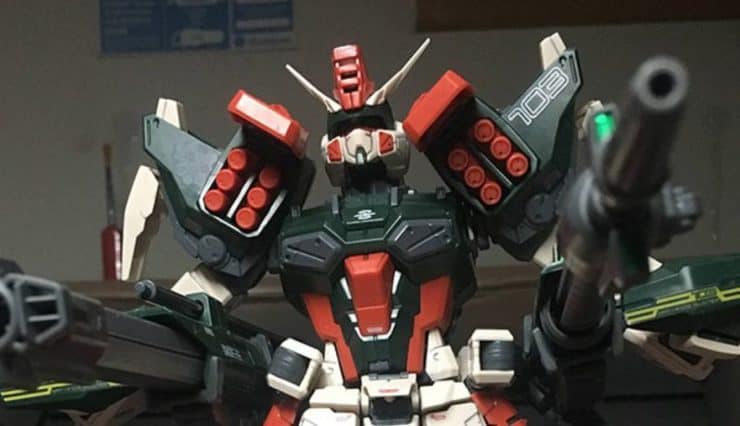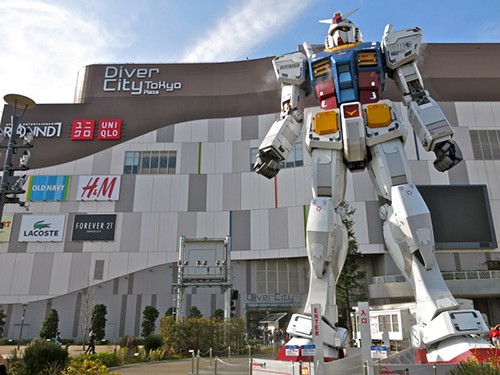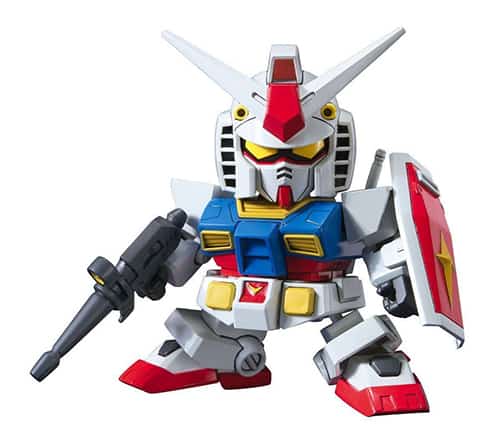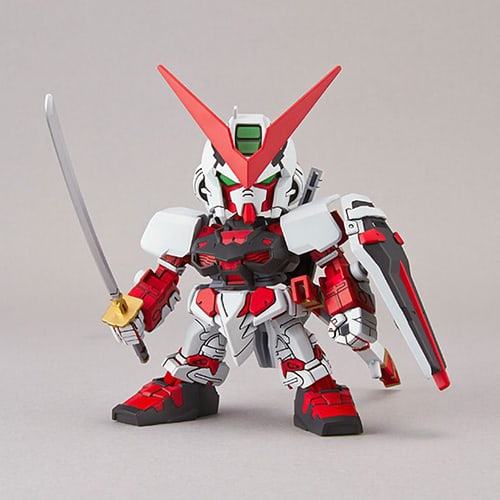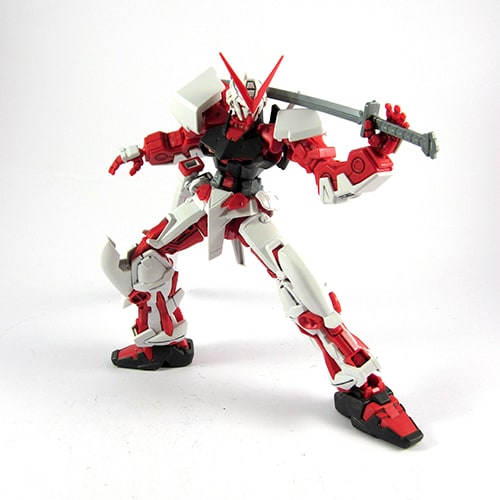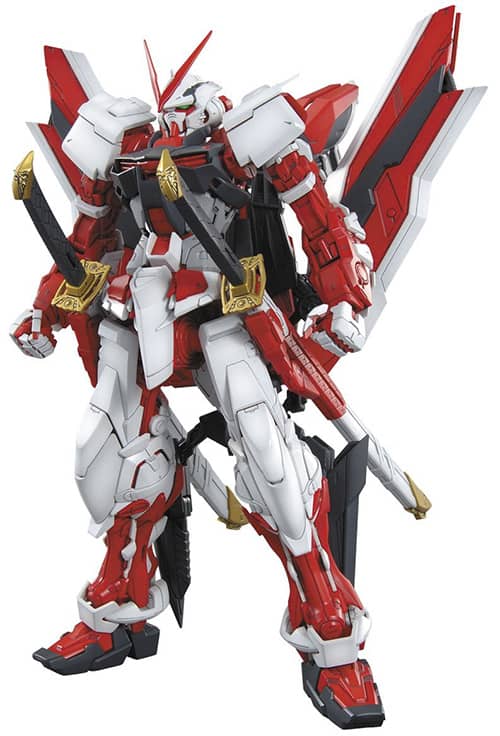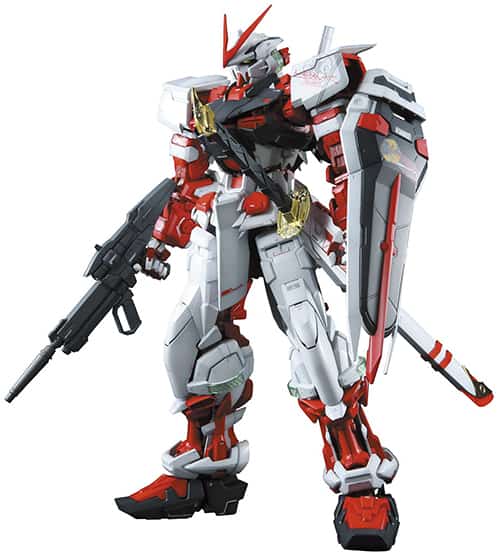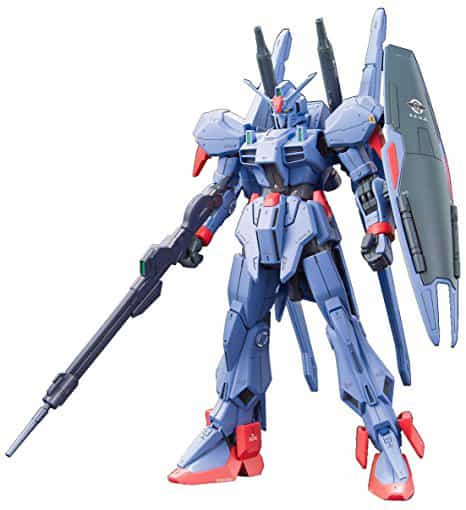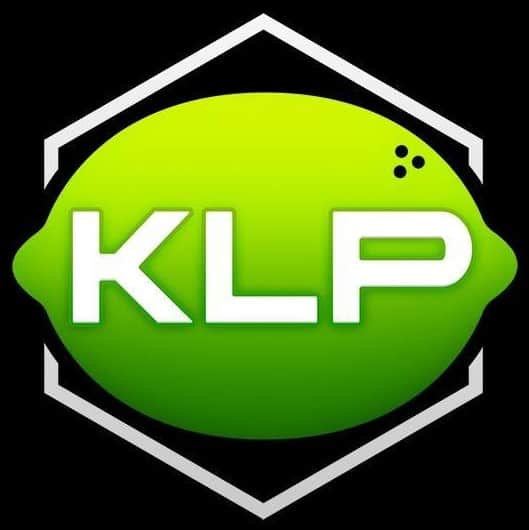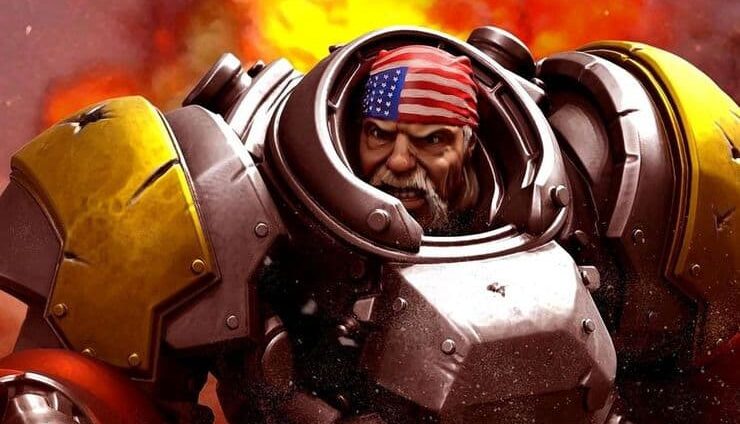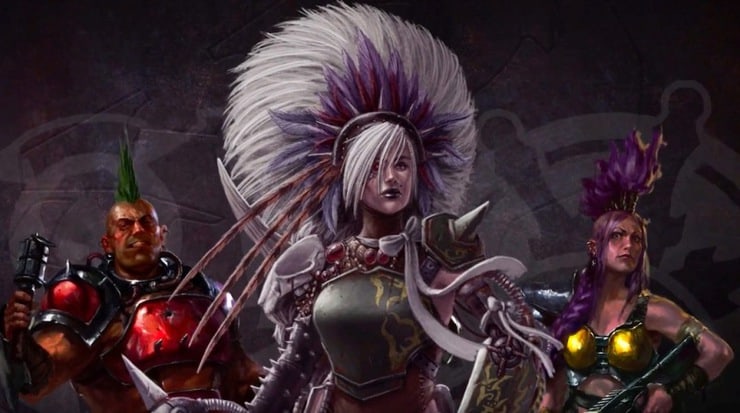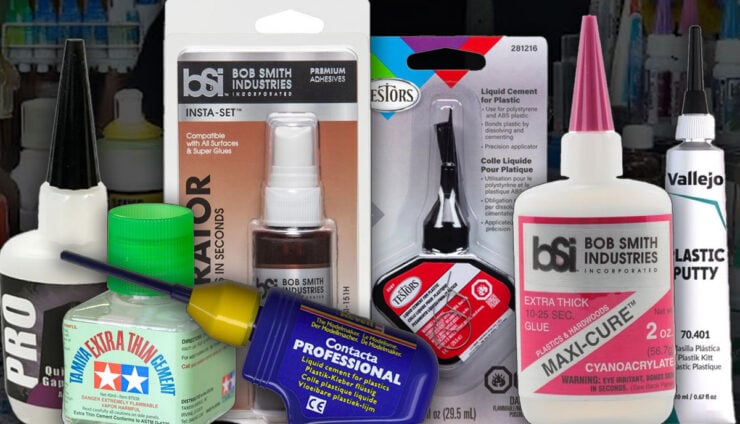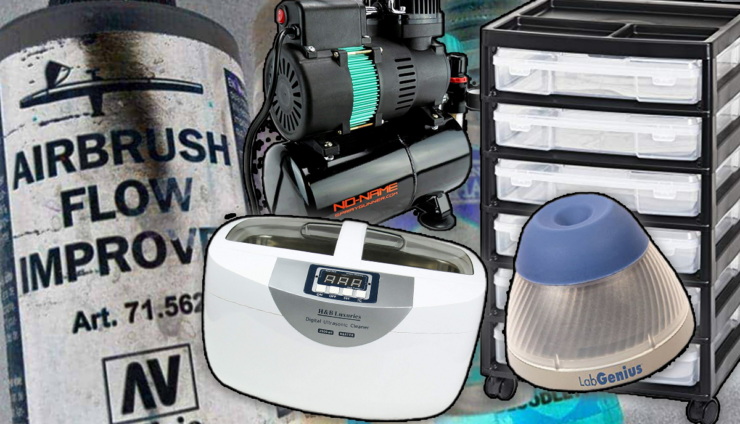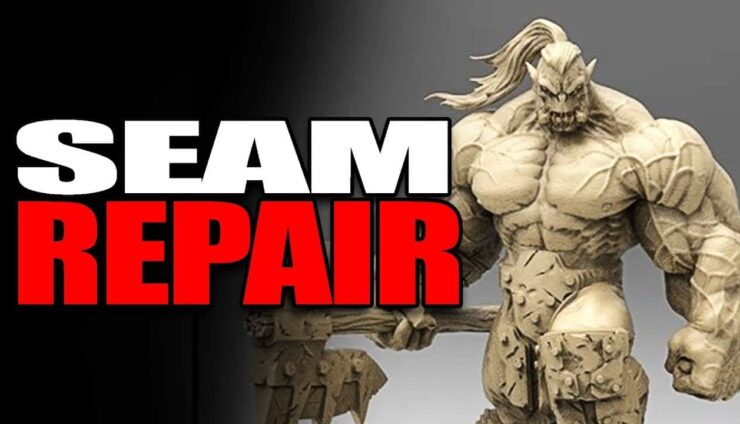It can be daunting for someone who wants to jump into Gunpla to figure out the difference between so many kits. With tabletop gaming there’s usually one kit per unit, extra kits are usually made for different loadouts or new versions.
Even the classic one, Gundam RX-78-2 has many iterations, so it’s understandably confusing for a new hobbyist to know which to grab. To run it simply, all Gunpla models are categorized in two ways—by grade and by scale, and we’ll be giving you a handy rundown of which is which.
Grade
Grade refers not only to the level of mastery you will need in order to complete your Gundam but the accuracy of the individual parts. A Gundam of a higher grade will be most true to the way it looks on the show down to the inner-frame and mechanics. However, it’ll also be more difficult to assemble. Here’s a list of the most common grades and scales you will encounter:
- Super-Deformed: Made to look like chibi robots, these models have the fewest parts of all, ideal for a casual collector for a shelf or desk topper.
- Super-Deformed EX Standard: These are a version of SD kits that have more pose-ability and slightly more realistic proportions. Their accessories are large enough that they can be used on High-Grade models.
- High-Grade: These are not considered to be too complex and make great beginner Gundams due to their simplicity and very low price. Additionally, they’re the most numerous kits, covering even minor side-characters’ suits in shows or random types.
- Master Grade: These models are intricate without being excessively expensive. They’re very popular due to their high quality, pose-ability, accuracy, and affordable price. It’s best to have completed a few other models before getting one of these.
- Perfect Grade: You can’t get any more accurate than this. These are the largest, most detailed models of all, encompassing nearly all weapon options, hydraulics, and even a fully-detailed inner-frame. These take more than half a day to assemble, and are generally very expensive, but offer a satisfying, impressive finished product anyone could be proud of.
- Reborn-One Hundred: Known as RE for short, this grade has the level of complexity of a High Grade but they’re easier to assemble typically being a larger scale, 1/100.
- Real Grade: Elements from the High Grade such as being relatively simple to put together, and elements from Master Grade like having an internal skeleton underneath plate-like top parts, and a higher parts count like the Perfect Grade. These are on the same skill level as a High Grade but offer more pose-ability and take more time to assemble.
Scale
Gundam kits also generally come in several scales, based on how the model would measure up to an actual Gundam. There are several models that defy this scale, but they’re fewer and farther between. Here are the most common scales you’ll see in the world of Gunpla:
- 1/144: The smallest scale available. Keep in mind that just because a 1/144 is the smallest size doesn’t mean it is always the least detailed. Both Real Grade and High-Grade models are most available in this scale.
- 1/100: The next size up. Master Grade models come in this scale, as do Reborn-One Hundreds, and on some occasions, even High-grade. These tend to be the hobbyist’s favorite, due to how easy it is to repaint, pose, and not take up too much space.
- 1/60: You can get less detailed High-Grade kits or go all the way with Perfect Grade with this scale, but something this size definitely takes up a lot of shelf space in a collection.
- 1/48: This is commonly known as Mega Scale. Around the size of a small child and easily fits in a stroller, the feet on these things can trample their 1/144 equivalents, but there are only a select few available kits, so you don’t see it very often.
- Nonscale: Anything that isn’t scaled in relation to the specifications from the show. SD Gunpla and Evangelion models almost always fit into this categorization.
Keep both Grade and Scale in mind when shopping for Gunpla, a big model doesn’t mean it has a lot of detail, just as a small model doesn’t necessarily lack it either. You can get 1/144 scale RG kits and 1/48 HG kits.
Regardless of which you choose to get, assembling is half the fun! Every Gundam is a new template for posing, repainting, panel lining, and group shots are all things you can do to enhance any kit. To start, find one that looks cool, or watch one of the many series and nab your favorite!
Interested in hearing more? Check out KeyLime Prime on Facebook and on Twitch!
